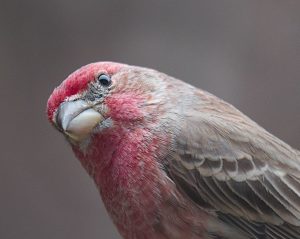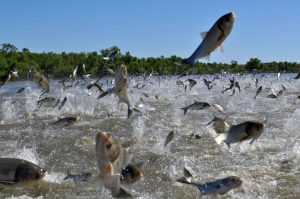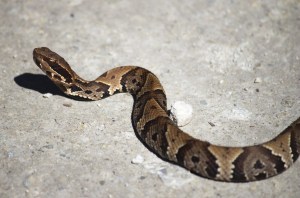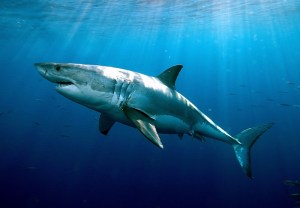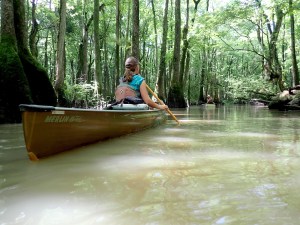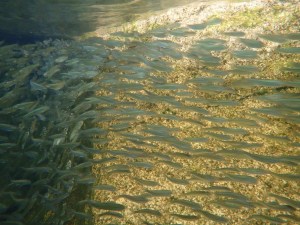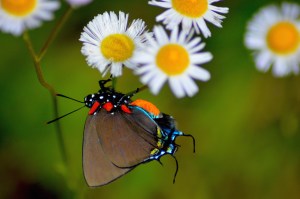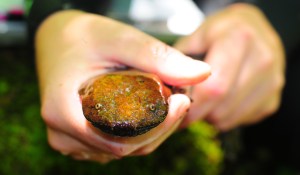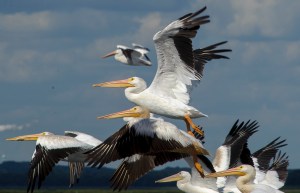Discover stories in Environments
How the House Finch Conquered Your Feeder…and a Continent
The dramatic spread of the non-native bird we love, the house finch.
The Carp Show: An Inside Look at the Jumping Fish Invasion
Your guide to one of the most notorious fish invasions.
Fear the Squirrel: How Wildlife Causes Major Power Outages
Squirrels may pose a bigger threat to the power grid than cyber-attack.
A Field Guide to Commonly Misidentified Snakes
Snake expert and biologist David Steen helps you determine what that snake is. Spoiler: It’s not always a copperhead or cottonmouth.
Recovery: The Seal and Shark Invasion
Gray seals and great white sharks are rebounding in the Northeast U.S., but not everyone’s happy.
Exploring and Protecting the Arkansas Bayou
A visit to the rumored home of the ivory-billed woodpecker.
Incorporating Conservation Into Public Health Frameworks
New research incorporates conservation considerations into occupational health and safety frameworks.
The Living Benefits of East Coast Dam Removal
Removing obsolete dams offer dramatic benefits for fish, the economy and the future.
Create Wildlife Habitat Around Your House
Tips and resources turn your yard into wildlife habitat – without bothering the neighbors.
Hellbenders Need You to Stop Messing With Their Bedrooms
That streamside rock cairn you posted on Instagram? It’s killing ancient salamanders.
Restoring Emiquon’s “Wetland of Dreams”
Restoring a large cornfield to a wetland isn’t a glimpse at the past, but a look to conservation’s future.
50 Fish, 50 States: Trout at 11,000 Feet
Fishing for a (formerly) extinct fish in the Colorado Rockies.
